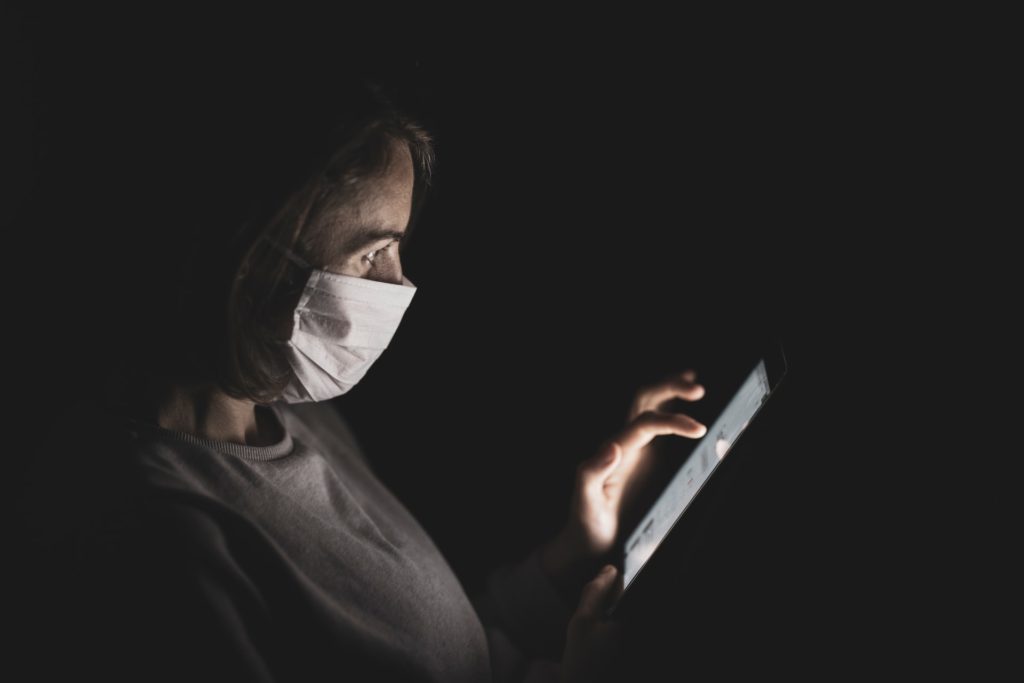
Italy wants to start again. Activities are looking forward to reopening, people to leave home, as was done "before". But the risk of contagion is still there, along with the fear of having to close everything and go back to quarantine due to a new increase in Covid-19 positives - the so-called Hong Kong effect. To manage the new and probably long phase of coexistence with the virus it is necessary to activate new measures, as pointed out by the WHO: some highly technological such as contact tracing app, which, if installed on cell phones of a large portion of the population, can communicate with each other and track positive people, help to clear up the epidemiological panorama and limit new infections to the maximum.
Immuni, the Italian choice
The Italian government, after launching a tender involving over 800 projects, has chosen the app immune developed by Bending Spoons, software house based in Milan, among the top ten companies in the world by number of downloads, with over 200 million apps downloaded in total and 270 thousand new users per day. The application is available for download on iOS and Android devices and from 15 June it is operational throughout Italy. Contrary to what several commentators had feared, it will not collect any personal or geolocation data: it will use Bluetooth low energy technology to keep track of the contacts to which the user has been close and will communicate to the user himself if he has been exposed to the risk of infection .
The app will be free to download and the choice of whether or not to use the app will be on a voluntary basis: no Orwellian technocratic dystopia, or at least not yet. Unlike the China, for example, where the government has developed a QR code system which intersect the data on the health of each citizen with the geolocation of his movements A de facto mandatory system: at the entrance of every workplace, shop or public transport, a smartphone is required to pass on a QR code. If the answer is a green code, the green light is obtained, if instead the code is red, the entrance is denied. But in this regard, the question arises: what is the minimum percentage of the population that must download the app, why does it work properly? According to the Ministry of Technological Innovation and the Privacy Guarantor, to be effective Immuni should be adopted at least by the Italian 60-70%, approximately 36 million people. A very large and difficult to reach number, from which a large section of the elderly population, the least accustomed to using technology and also the most at risk of facing the virus, risks being cut out.
The spread of the app in other countries has proved to be the main obstacle to the effectiveness of contact tracing: Singapore for example the local tracing app turned out to be a flop, having been downloaded only by the 12% of the population. However, he reassures the Ministry of Innovation in the faq published on its website on 11 May, even if the expected download rates are not reached Immuni should still be a tool capable of slowing the epidemic, decreasing the pressure on the National Health Service and allowing patients to receive better care. Among the various hypotheses considered to increase downloads there was that of combining it with the coronavirus self-certification, making it mandatory for those wishing to overcome the mobility limitations imposed by phase 2.
Data collection, two models compared
Another unknown is the type of data collection model: centralized or decentralized? The Italian government has chosen a model to increase privacy and data security and not to risk operating errors with Apple and Google devices. decentralized of the calculation system, embracing the framework, or rather, the API (application programming interface) released in early May by the two tech giants, constantly updated. On May 20, the release of the "exposure notifications" system was announced, which each user will be able to choose whether or not to activate on their device, both on the iOS and Android operating systems. The API is the framework with which each state - for now 22 member countries - can build its own tracing app, following the dictates of Apple and Google.
The choice of a decentralized model was not shared by all. According to this school, the contact data and the keys with which to make them potentially identifiable are not stored on servers located in the national territory, but directly in the individual devices: when two smartphones are close together, the anonymous data - a list of numbers - are exchanged from the app and in no way connectable to the person. Model centralized, adopted for example by the Coronavirus Outbreak Control app, which ranked second in the Italian government's announcement, would be according to some more effective because it would allow better control over data and the possibility of tracking even asymptomatics.
The discussion about which model to adopt has kindled around the world. In France, the government is firmly convinced of the centralized model. Cédric O, secretary of state for the digital sector of the French government, has harshly attacked Apple stating that the Californian company could have helped the executive to develop the tracing app - called StopCovid - but would have deliberately decided not to. Even the United Kingdom has so far followed the centralized model, developing NHS Covid-19 - already successfully tested on the Isle of Wight -, a more intrusive app than the Italian version, and which is starting to show gaps in ensuring privacy and compatibility issues with the most updated versions of the iPhone and Android systems. The government therefore left open the possibility of converting to the Apple-Google framework and moving to the decentralized model.
Giacomo Porra



